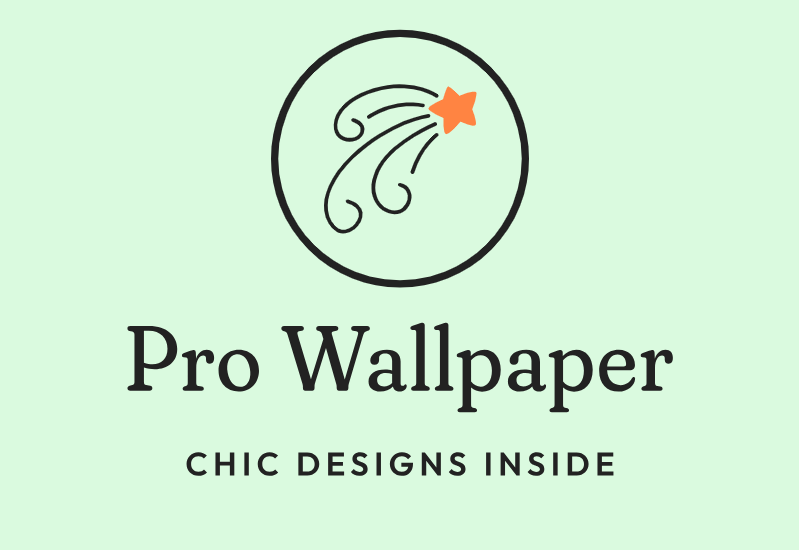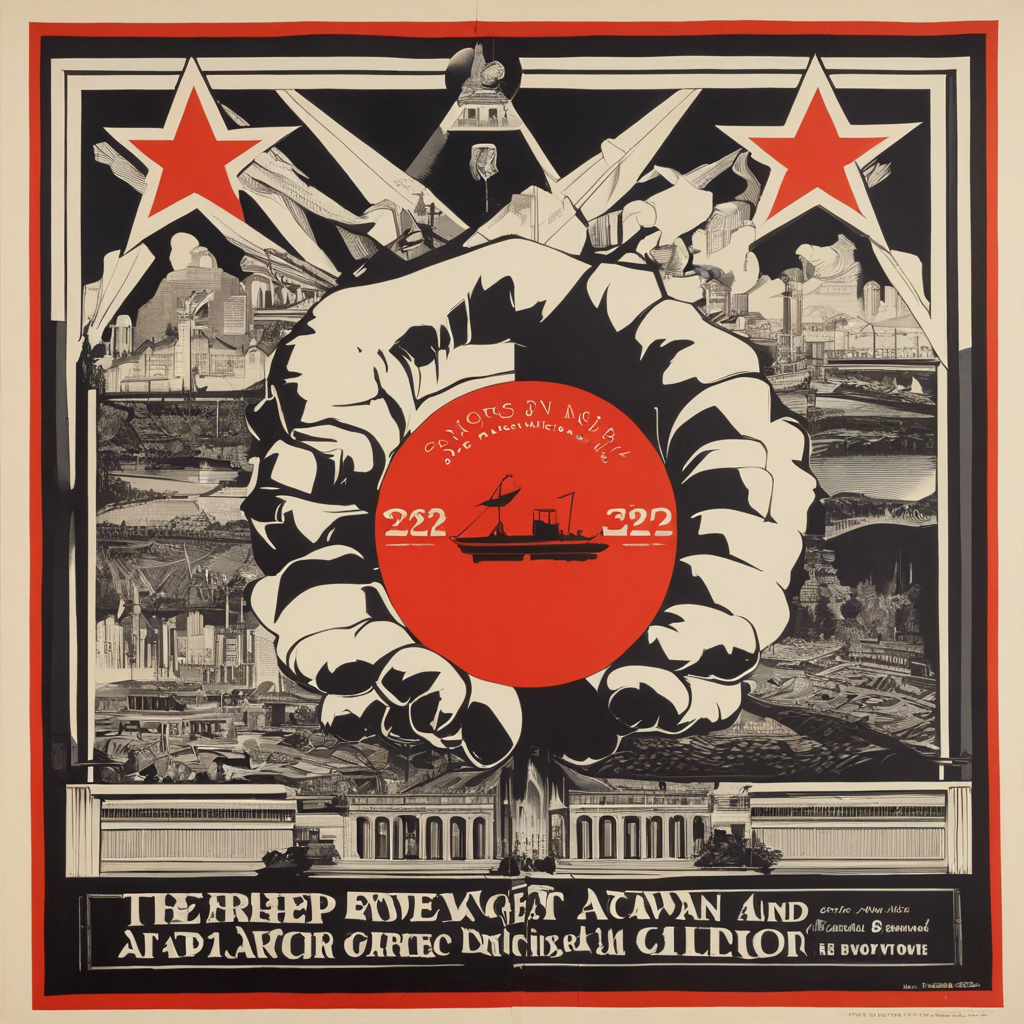Propaganda has been a potent tool throughout history, and its power is often amplified through artistic expression. Art has the unique ability to transcend language and rational argument, appealing directly to emotions and subconscious beliefs. In the hands of propagandists, art becomes a powerful instrument for shaping public opinion and advancing political agendas.
Throughout the ages, dictators and authoritarian regimes have recognized the value of art as a propaganda tool. They employ artists to create grandiose monuments, paintings, and sculptures that glorify their leadership and instill a sense of nationalism and loyalty among the populace. These works of art, often imbued with symbolic and ideological meanings, become instruments of control and manipulation, shaping the perceptions and beliefs of citizens.
A classic example of propaganda art is witnessed in Nazi Germany, where artists and filmmakers crafted powerful imagery to promote the ideology of the Third Reich. Leni Riefenstahl’s groundbreaking film “Triumph of the Will,” with its dramatic visuals and masterful editing, presented a highly stylized view of the 1934 Nazi Party Congress in Nuremberg. The film served as a powerful propaganda tool, portraying Adolf Hitler as a charismatic and messianic figure, while the orderly masses of marching soldiers and flag-waving citizens created a sense of unity and invincibility.
Similar tactics were employed by the Soviet Union during the Stalinist era. Artists and architects were commissioned to create grandiose monuments and imposing structures that celebrated the glory of the Soviet state and the wisdom of its leaders. The use of socialist realist art, with its emphasis on heroic workers and idealized portrayals of industry and agriculture, became a means to promote the ideals of communism and suppress dissenting voices.
However, the power of propaganda art is not limited to authoritarian regimes. Even in democratic societies, political artists and activists have used their creative talents to challenge established power structures and advocate for social change. The artwork created during the civil rights movement in the United States, for example, employed powerful imagery and symbolism to convey messages of equality and justice, galvanizing public support for the cause.
In modern times, the line between art and propaganda has become increasingly blurred, particularly with the proliferation of digital media and the ease of content creation and distribution. Social media platforms have become battlegrounds for competing narratives, where visually compelling memes, infographics, and videos are employed to influence public opinion on everything from political ideologies to consumer choices.
While art can be a force for positive change, it is important to approach all forms of creative expression with a critical eye. Understanding the intentions behind a work of art, the context in which it was created, and the potential impact it may have on its audience are crucial for navigating the complex world of art as propaganda.
As consumers of art, it is our responsibility to recognize when we are being manipulated or influenced by propaganda techniques. By developing media literacy skills and a deeper understanding of the power of art, we can better discern the truth and make informed decisions. Propaganda may have the power to shape our perceptions, but education and critical thinking can empower us to make our own judgments.
Furthermore, art can be used to expose the harmful effects of propaganda and promote positive values. Artists who challenge prevailing ideologies and present alternative perspectives play a crucial role in fostering critical dialogue and encouraging independent thought. Their work may shed light on the dangers of propaganda, prompting viewers to question the intentions behind political art and seek out balanced information.
In conclusion, the power of propaganda through art is undeniable, and it is a tool that can be wielded by both oppressive regimes and those seeking positive social change. As consumers of art, we must remain vigilant and develop the necessary skills to discern between manipulation and authentic artistic expression. By embracing critical thinking and media literacy, we can harness the positive potential of art while guarding against its misuse as a tool for propaganda. In the end, the power of art should inspire, educate, and empower us to create a better world.
[This article provides an in-depth exploration of the power of propaganda through art, offering historical contexts, modern-day examples, and a critical perspective on the responsibilities of artists, audiences, and society at large.]

